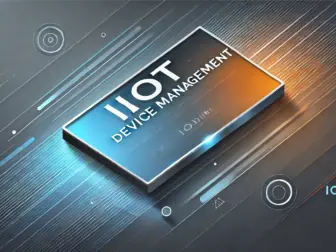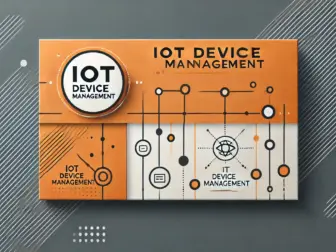Tag - IoT lifecycle management
Blog , December 23, 2024 , device deployment, device lifecycle, device retirement, iot, IoT lifecycle management, OTA upgrade
The Importance of IoT Lifecycle Management in Today's Connected World
In today’s rapidly evolving technological landscape, the Internet of Things (IoT) has become integral to the way we live and work. From smart homes to industrial automation, IoT devices are transforming the way we interact with our environment. However, as the number of connected devices continues to grow, so does the complexity of managing them throughout their lifecycle.
IoT lifecycle management is the process of overseeing the entire lifecycle of IoT devices, from deployment to decommissioning. This includes tasks such as provisioning, monitoring, updating, and retiring devices in a secure and efficient manner. Effective lifecycle management is essential for ensuring the security, scalability, and longevity of IoT deployments.
One of the key challenges of IoT lifecycle management is the diverse nature of IoT devices. These devices come in a wide range of form factors, communication protocols, and operating systems, making it difficult to manage them in a unified manner. Additionally, IoT devices often have limited processing power and memory, which can make traditional management approaches impractical.
To address these challenges, organizations need to adopt a holistic approach to IoT lifecycle management. This includes implementing robust device management platforms that can support a wide range of devices and protocols. These platforms should provide capabilities such as remote device provisioning, monitoring, and software updates.
Another important aspect of IoT lifecycle management is security. IoT devices are often deployed in critical infrastructure and sensitive environments, making them potential targets for cyber attacks. Without proper security measures in place, these devices can become entry points for hackers to infiltrate the network. Organizations need to implement strong authentication, encryption, and access control mechanisms to protect their IoT deployments.
Furthermore, IoT lifecycle management plays a crucial role in ensuring compliance with regulations and standards. Many industries, such as healthcare and finance, have strict requirements for data privacy and security. By implementing a robust lifecycle management strategy, organizations can demonstrate compliance with these regulations and avoid costly fines and penalties.
In conclusion, IoT lifecycle management is essential for organizations looking to harness the full potential of IoT technology. By effectively managing the lifecycle of IoT devices, organizations can improve security, scalability, and compliance, while maximizing the value of their IoT deployments. As the IoT landscape continues to evolve, organizations that prioritize lifecycle management will be better positioned to adapt to new challenges and opportunities.

